Categories List
Effects of alloying elements on steel
Metallic materials are a very mysterious subject. Whether it is the materials needed for tool manufacturing itself or the materials problems encountered when processing parts, if you are in the steel industry, have you ever paid attention to what the chemical compositions listed in the steel test report mean? You may only know that different steel grades have many different chemical compositions and different contents of elements. We have sorted out and listed 21 chemical elements and their effects on steel properties.
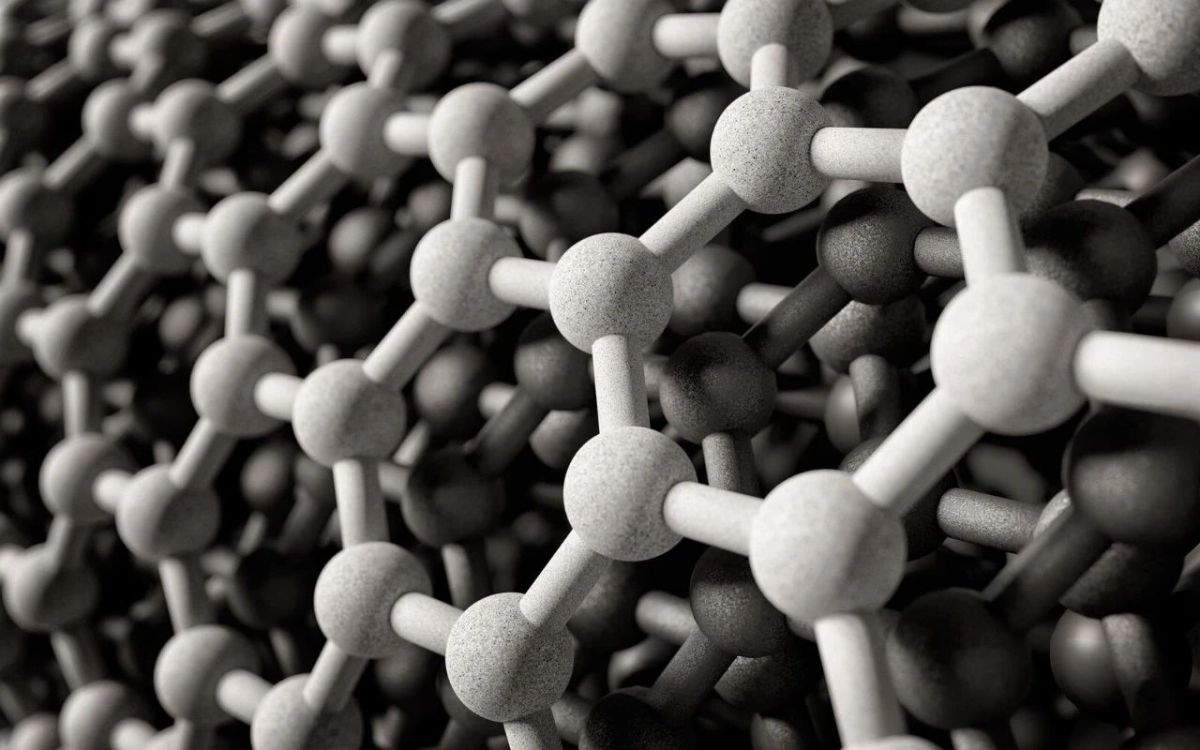
Carbon is the most important element in steel. It is essential for steel that needs to be hardened by quenching. The carbon content controls the hardness and strength of the material, as well as the response to heat treatment (hardenability). As the carbon content increases, the ductility, forgeability and machinability of the steel will decrease, and the welding performance will also decrease.
Manganese may be the second most important element after carbon. Manganese acts similarly to carbon, and steel producers use a combination of these two elements to obtain materials with the desired properties. Manganese is necessary for the hot rolling process of steel by combining with oxygen and sulfur.
Its presence has the following main effects:
It is a mild deoxidizer, acting as a purifier to carry sulfur and oxygen from the melt into the slag. It improves hardenability and tensile strength, but reduces ductility. It combines with sulfur to form spherical manganese sulfides, which are essential for good machinability of free-cutting steels. Steels usually contain at least 0.30% manganese, but up to 1.5% can be found in some carbon steels.
Manganese also tends to increase carbon penetration during carburizing and acts as a mild deoxidizer. However, when both carbon and manganese levels are too high, embrittlement occurs. Manganese is able to form manganese sulfide (MnS) with sulfur, which is beneficial for machining. At the same time, it can offset the brittleness caused by sulfur and benefit the surface finish of carbon steels.
For welding, the ratio of manganese to sulfur should be at least 10:1. Manganese contents below 0.30% may promote porosity and cracking inside the weld, and contents above 0.80% may also cause cracking. Steels with low manganese to sulfur ratios may contain sulfur in the form of iron sulfide (FeS), which can cause cracking in welds.
Phosphorus Although it increases the tensile strength of steel and improves machinability, it is generally considered an unwelcome impurity due to its embrittlement effect.
The effect of phosphorus on steel varies with concentration. Due to its deleterious nature, the maximum phosphorus content in high-grade steels is between 0.03% and 0.05%. In low-alloy high-strength steels, up to 0.10% phosphorus increases strength and improves the corrosion resistance of the steel. When the content is too high in hardened steels, the possibility of embrittlement increases. Although strength and hardness are improved, ductility and toughness decrease.
Phosphorus improves the machinability of free-cutting steels, but if the phosphorus content exceeds 0.04%, weld brittleness and/or weld cracking may occur during welding. Phosphorus also affects the thickness of the zinc layer during galvanizing.
Sulfur is generally considered an impurity and can have an adverse effect on impact properties when the sulfur content is high and the manganese content is low in steel. Sulfur improves machinability but reduces transverse ductility and notch impact toughness and has less effect on longitudinal mechanical properties. Sulfur content in steel is limited to 0.05%, but can be added to free-cutting steels up to 0.35%, with an increase in manganese content to offset any adverse effects, as 0.10% to 0.30% sulfur alloying additions improve the machinability of the steel. Such steels may be referred to as "resulfurized" or "free-cutting" steels. Sulfur is added to free-cutting steels to improve machinability, usually up to 0.35%.
Although sulfur has a negative effect on steel at certain stages, levels below 0.05% have a positive effect on steel grades.
Silicon is one of the main deoxidizers in steel. Silicon helps to remove oxygen bubbles from molten steel. It is the most commonly used element in the production of semi-deoxidized and fully deoxidized steels, usually in amounts less than 0.40%, and when used as a deoxidizer, only small amounts (0.20%) are usually present in rolled steel. However, in steel castings, 0.35% to 1.00% is usually present.
Silicon dissolves in iron and tends to strengthen it. Some filler metals may contain up to 1% silicon to provide better cleaning and deoxidation when welding on contaminated surfaces. When these filler metals are used to weld on clean surfaces, the resulting weld metal strength will be significantly improved. Silicon increases strength and hardness, but to a lesser extent than manganese. The resulting reduction in ductility may cause cracking problems.
In the case of galvanizing, steel containing more than 0.04% silicon will greatly affect the thickness and appearance of the zinc coating. This will result in a thick coating composed mainly of zinc-iron alloy with a dull and matte appearance. However, it provides the same corrosion protection as a bright galvanized coating with an outer layer of pure zinc.
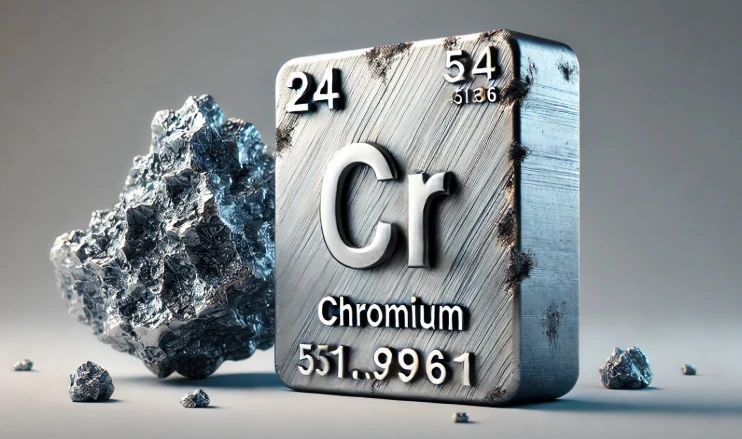
Chromium is a powerful alloying element in steel. Cr is present in small amounts in some structural steels. It is mainly used to improve the hardenability of steel and increase corrosion resistance as well as the yield strength of the steel. It is therefore often used in combination with nickel and copper. Stainless steel may contain more than 12% chromium. The famous "18-8" stainless steel contains 8% nickel and 18% chromium.
When the chromium content in steel exceeds 1.1%, a surface layer is formed that helps protect the steel from oxidation.
Vanadium, The chemical element vanadium acts similarly to manganese, molybdenum and niobium. When used with other alloying elements, it limits grain growth, refines grain size, improves hardenability, fracture toughness and resistance to shock loads. Improves high temperature softening, fatigue stress and wear resistance. When the content is greater than 0.05%, a tendency to embrittlement may occur during thermal stress relief treatment.
Vanadium is used in conjunction with other alloying elements for nitriding, heat-resistant, tool and spring steels.
Tungsten, which is used in conjunction with chromium, vanadium, molybdenum or manganese to produce high-speed steels for cutting tools. Tungsten steel is called "red hard", that is, it is still hard enough to cut after becoming red hot. After heat treatment, the steel retains its hardness at high temperatures and is particularly suitable for cutting tools.
Tungsten in the form of tungsten carbide: Gives steel high hardness even in the red hot state. Promotes fine grain formation Heat resistance Promotes high temperature strength.
Molybdenum acts similarly to manganese and vanadium and is often used in combination with one or both of them. This element is a strong carbide former and is usually present in alloy steels at levels less than 1%. It improves hardenability and high temperature strength while improving corrosion resistance and increasing creep strength. It is added to stainless steels to increase their corrosion resistance and is also used in high-speed tool steels.
Cobalt improves high temperature strength and magnetic permeability. Increases hardness while allowing higher quenching temperatures (during heat treatment). Strengthens the individual effects of other elements in more complex steels. Cobalt is not a carbide former, but its addition to the alloy can achieve higher achievable hardness and higher red-hot hardness.
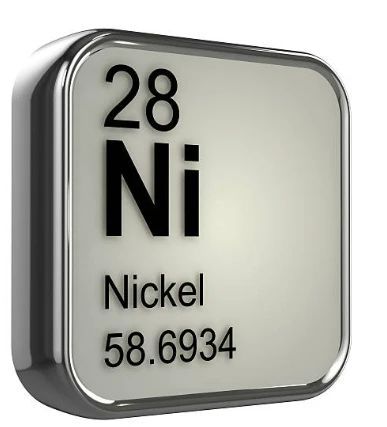
Nickel In addition to its benefits to the corrosion resistance of steel, nickel additions can also improve hardenability. Nickel enhances the low temperature properties of the material by improving fracture toughness. The presence of this element does not reduce the weldability of the steel. Nickel greatly improves the notch toughness of steel.
Nickel is often used in combination with other alloying elements, especially chromium and molybdenum. It is a key component of stainless steels, but is present in lower levels in carbon steels. Stainless steels contain 8% to 14% nickel.
Another reason nickel is added to the alloy is that it creates brighter parts in Damascus steel.
Copper is another major corrosion resistant element. It also has a small effect on hardenability. Usually present in amounts of not less than 0.20%, it is the main corrosion resistant component in steel grades such as A242 and A441.
Most commonly found as a residual agent in steel, copper is also added to produce precipitation hardening properties and improve corrosion resistance.
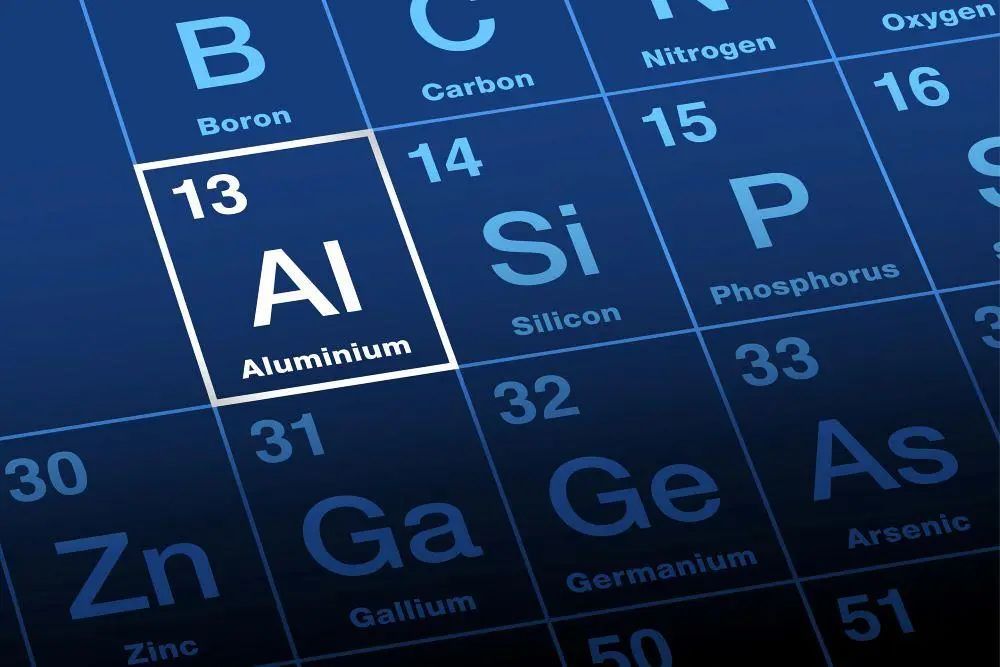
Aluminum is one of the most important deoxidizers in the material and is present in small amounts, while helping to create a finer grain structure and improve the toughness of steel grades. It is often used with silicon to obtain semi-deoxidized or fully deoxidized steels.
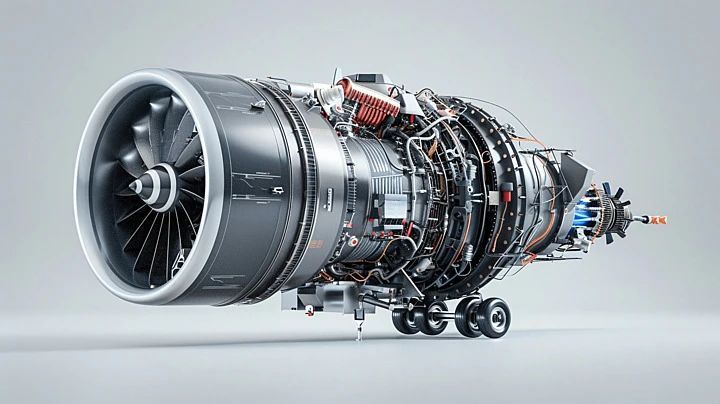
Titanium is used to control grain growth, which improves toughness. It also transforms sulfide inclusions from elongated to spherical, improving strength and corrosion resistance as well as toughness and ductility.
Titanium is a very strong, very light metal that can be used alone or alloyed with steel. It is added to steel to give it high strength at high temperatures. Modern jet engines use titanium steel.
Prevents local chromium depletion in stainless steels during prolonged heating Prevents the formation of austenite in high-chromium steels Reduces martensite hardness and hardenability in medium-chromium steels.
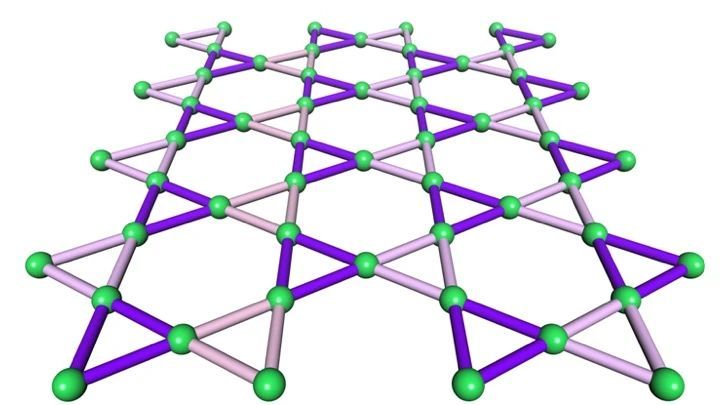
Niobium is a key grain refining element and a strength-enhancing element in steel production. Niobium is a strong carbide former, forming very hard, very small simple carbides. Improves ductility, hardness, wear resistance and corrosion resistance. At the same time, refines the grain structure. Formerly known as niobium.

The most important role and purpose of boron in steel is to significantly improve hardenability.
The biggest advantage of boron is that only a small addition is needed to achieve the same hardenability effect that other elements require in large quantities. The typical range in steel alloys is 0.0005% to 0.003%.
Boron is added to improve the hardenability of medium carbon steels as a substitute for other elements during heat treatment. The cutting performance of high-speed steels is improved, but at the expense of forging quality. Excessive boron content may also reduce hardenability, toughness and cause embrittlement. The percentage of carbon in the steel also plays a role in the hardenability effect of boron. As the effect of boron on hardenability increases, the amount of carbon should be reduced accordingly. When adding boron to steel, precautions must be taken to ensure that it does not react with oxygen or nitrogen, as the combination of boron with either of these elements will render the boron ineffective.
Lead, small amounts of lead are added to improve machinability, up to 0.30%. As long as it is evenly distributed, it has little effect on the physical properties of the steel and, contrary to popular belief, does not affect weldability.
Zirconium, Zirconium is added to steel to change the shape of inclusions. It is usually added to low alloy, low carbon steels. Toughness and ductility are improved when the shape changes from elongated to spherical.
Tantalum, Chemically very similar to niobium (Nb), and therefore has a similar effect on the alloy – forming very hard, very small simple carbides. Improves ductility, hardness, wear resistance and corrosion resistance. Also, refines the grain.
Nitrogen has a very similar effect in the alloy as carbon. Nitrogen replaces carbon in small amounts (or with modern technology even large amounts) to increase hardness. Obviously, nitrogen forms nitrides, not carbides. INFI contains nitrogen, and there are a few others, of which Sandvik is the champion, with 3% nitrogen in the alloy, completely replacing carbon. Alas, it is not available to knife manufacturers. Because nitrogen has a lesser tendency to form chromium nitrides than carbon does to form chromium carbides, its presence improves corrosion resistance, retaining more free chromium in the alloy. Since nitrogen is less reactive when forming nitrides, it can be used to increase hardness without increasing carbide size and volume, such as in Sandvik 14C28N steel.
Selenium, usually unwelcome in knife steels. Added to improve machinability. Similar to sulfur, belongs to the same chalcogenide group of elements.
Request A Quote! We'll respond as soon as possible(within 12 hours)
Get a Quote

